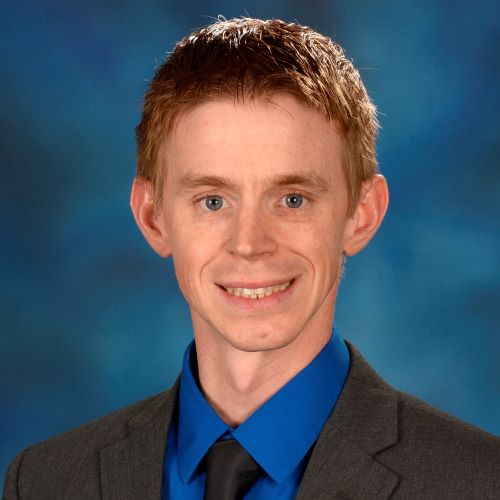The COVID-19 pandemic created a new challenging environment in which healthcare workers must survive. Before the pandemic, healthcare workers experienced burnout due to resource allocation and shortages, mental anguish, and long work hours. The pandemic further exacerbated this situation, creating a new crisis within our already frayed healthcare system. This Concise Critical Appraisal dives into an article published in Critical Care Medicine that reviewed the causes of burnout and the correlation between the COVID-19 pandemic and workplace burnout.
The COVID-19 pandemic created a new challenging environment in which healthcare workers must survive. Before the pandemic, healthcare workers experienced burnout due to resource allocation and shortages, mental anguish, and long work hours. The pandemic further exacerbated this situation, creating a new crisis within our already frayed healthcare system. Moll et al reviewed the causes of burnout and the correlation between the COVID-19 pandemic and workplace burnout.
1
Clinician burnout was a well-known phenomenon before the COVID-19 pandemic. It negatively affects both clinicians and patients. Emotional exhaustion, depersonalization, and loss of professional efficacy are the hallmarks of clinician burnout. COVID-19 has exacerbated this problem on multiple levels. A lot of research has centered on critical care professionals.
2 Moll et al delved into clinician burnout in a novel way by exploring all levels of clinical roles. Most articles on this topic have compared physicians and nurses. However, burnout affects the many different critical care professions differently. This article attempts to address these differences.
In this study, two longitudinal cross-sectional surveys were conducted at Emory Healthcare System, a large academic center. Emails were sent to all ICU clinicians in all ICUs in all hospitals; responses were voluntary and anonymous. The ICU clinicians included nurses, advanced practice providers, physician intensivists, respiratory therapists, social workers, spiritual health workers, and pharmacists. Burnout was measured by three domains: exhaustion, depersonalization, and personal accomplishment. Survey responses revealed that burnout worsened in the multiprofessional ICU teams during the pandemic, with disproportionate increases in nurses and in women of all professions in the ICU.
This study had several limitations. The response rate for both surveys was about 50% and could be due to the “healthy worker effect,” which is a bias resulting from those with burnout symptoms returning fewer surveys on average. Because of this effect, it is possible that burnout rates were even higher than reported. Another limitation is that professions may not be represented well. Some surveys grouped four professions (respiratory therapists, social workers, spiritual health workers, and pharmacists) together in one group, which accounted for 50% of the responses in the two surveys. Additionally, gender differences may reflect that the majority of respondents in both surveys were female nurses, possibly leading to an overestimation of the impact of burnout on women, which may in fact be the case since clinicians who perform the most hours of direct care are more inclined to have burnout.
Interestingly, it seems the rate of burnout was similar between nearly 400 ICU clinicians who cared for COVID-19 patients and more than 300 who did not. This suggests that the rate of burnout was not directly related to caring for COVID-19 patients but possibly to indirect factors such as quarantining, lack of socialization, inability to participate in the usual methods of handling stress, and family factors. It may suggest that burnout was already high before the pandemic and continued to rise during the pandemic and that COVID-19 patients were not the only driving force for burnout. Other factors, such as ethnicity, socioeconomic status, and clinicians’ overall support structures, were not fully investigated.
Despite the limitations of this study, it highlights the impact of burnout on clinicians. This study calls for action in a systematic manner. Each profession should be studied to optimize short- and long-term strategies to decrease burnout. Additionally, within each healthcare system, a multifaceted approach should be used to combat burnout that extends beyond work, such as socioeconomic parameters, psychological factors, and ethnicity differences. Burnout existed before COVID-19 and was significantly exacerbated by it. A professional practice guideline must be created for each profession that will be sustainable moving forward.
References
- Moll V, Meissen H, Pappas S, et al. The coronavirus disease 2019 pandemic impacts burnout syndrome differently among multiprofessional critical care clinicians: a longitudinal survey study. Crit Care Med. 2022 Mar 1;50(3):440-448. https://journals.lww.com/ccmjournal/Fulltext/2022/03000/The_Coronavirus_Disease_2019_Pandemic_Impacts.9.aspx
- Kok N, van Gurp, J, Teerenstra S, et al. Coronavirus disease 2019 immediately increases burnout symptoms in ICU professionals: a longitudinal cohort study. Crit Care Med. 2021 Mar 1;49(3):419-427.
